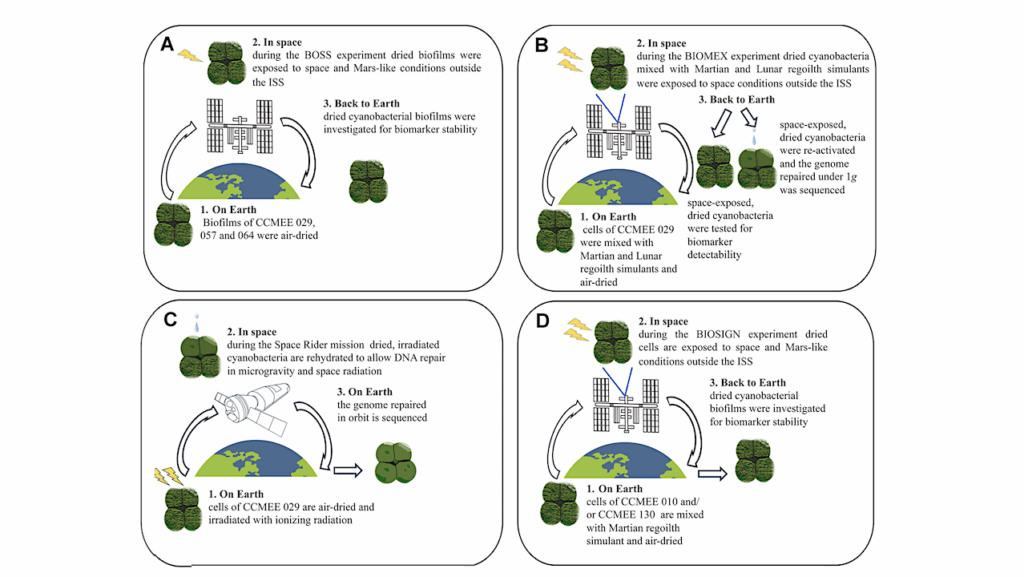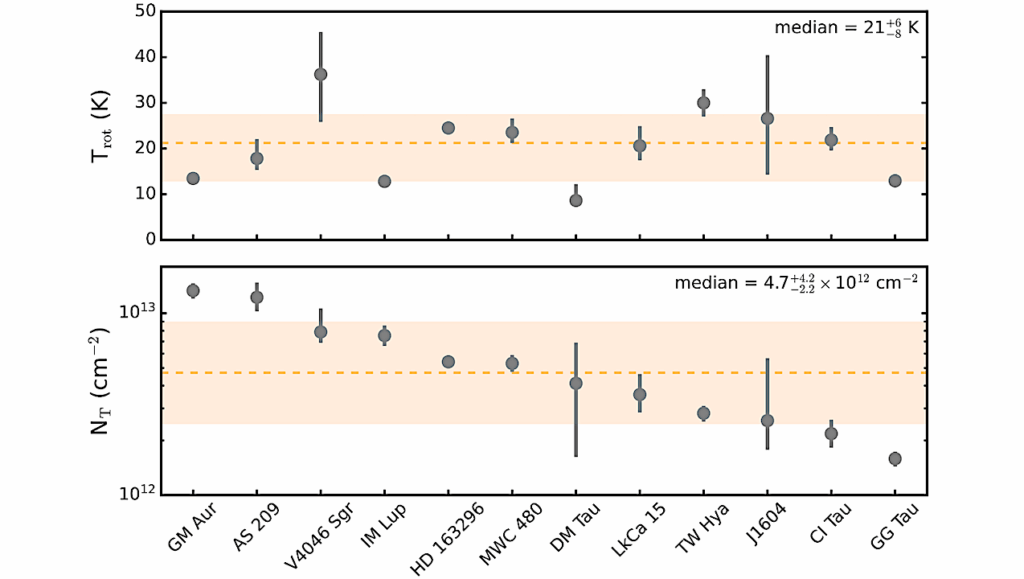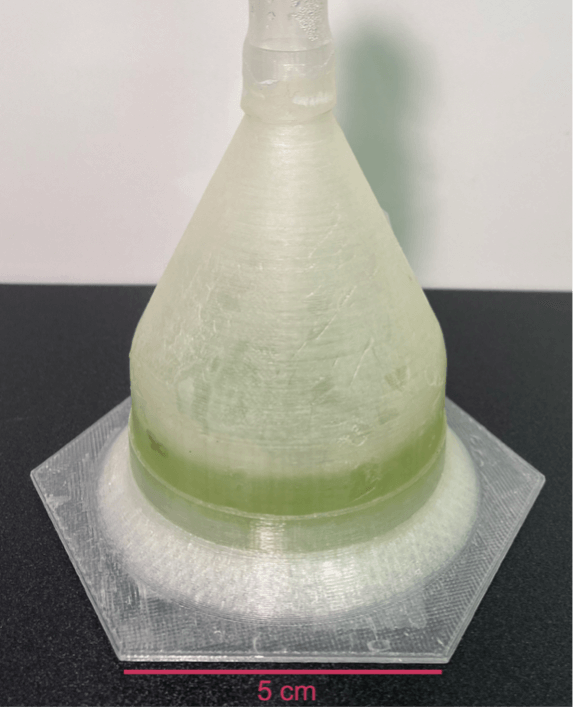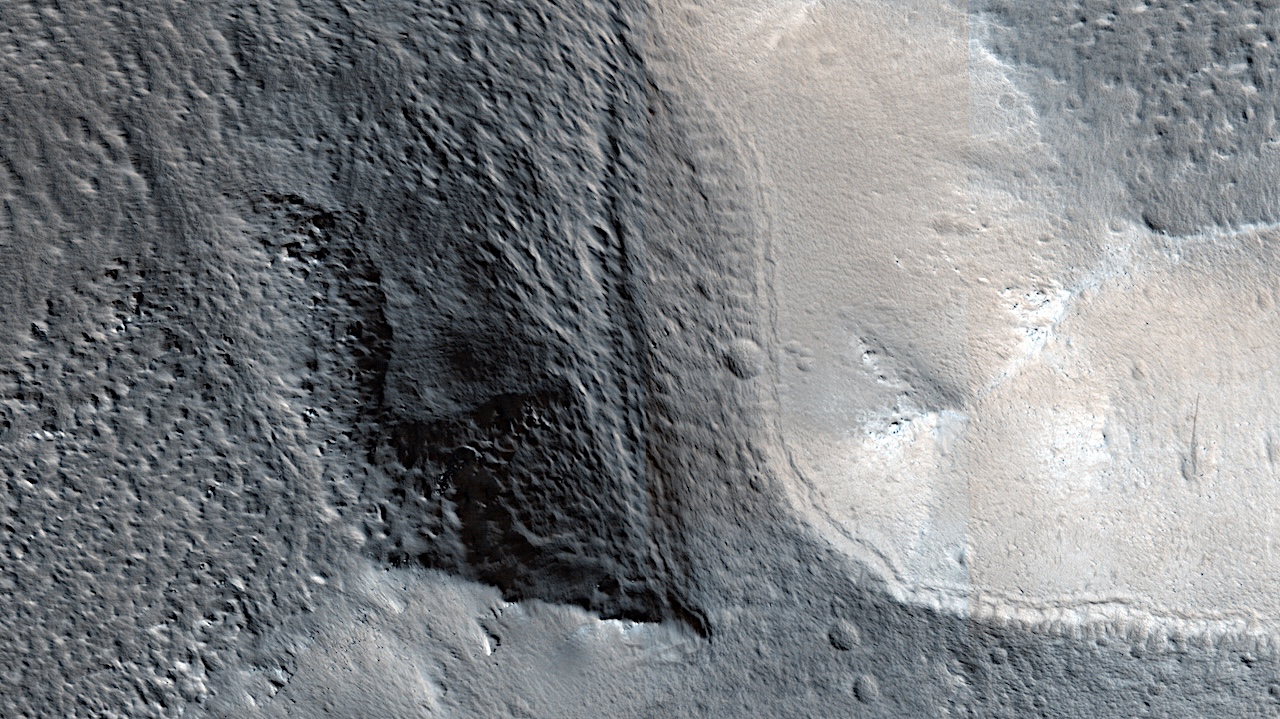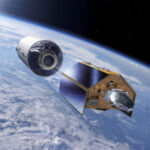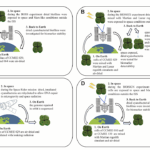Now Reading: Phenotypic, Transcriptomic and Metabolomic Changes In Klebsiella pneumoniae After Long Term Exposure To Simulated Microgravity
-
01
Phenotypic, Transcriptomic and Metabolomic Changes In Klebsiella pneumoniae After Long Term Exposure To Simulated Microgravity
Phenotypic, Transcriptomic and Metabolomic Changes In Klebsiella pneumoniae After Long Term Exposure To Simulated Microgravity
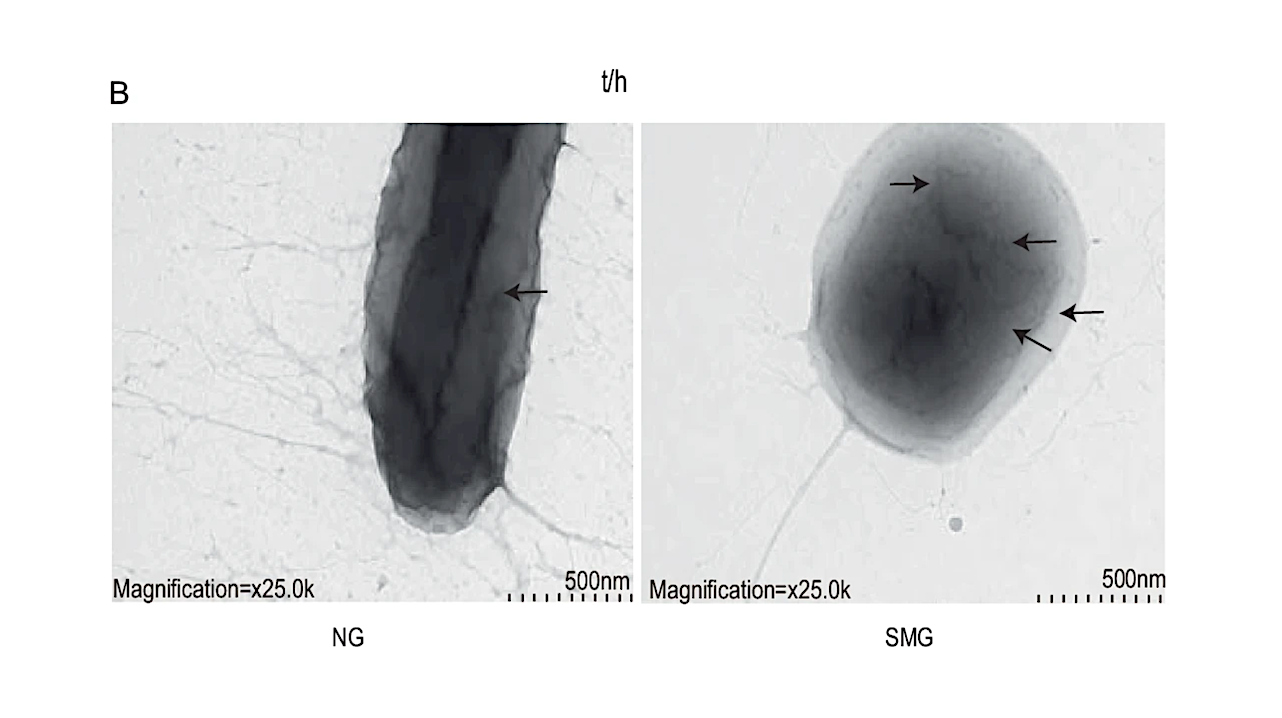
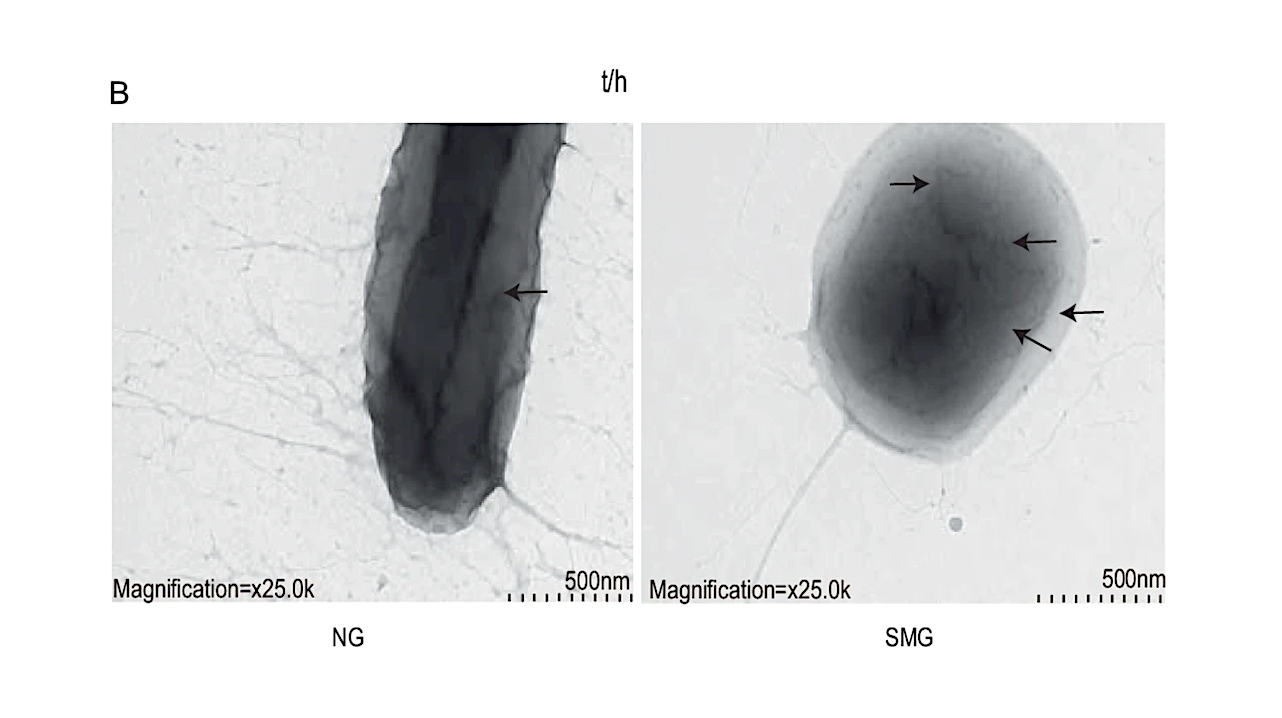
Morphology of K. pneumoniae in simulated microgravity and in normal gravity- NPJ Microgravity
Klebsiella pneumoniae (K. pneumoniae) has been detected on space stations.
Microgravity is a key environmental factor in spaceflight, however, research on the phenotypic, genetic, and metabolic changes K. pneumoniae undergoes due to long-term exposure to microgravity is still limited. K. pneumoniae was cultured under normal gravity (NG) and simulated microgravity (SMG) for 56 days, showing phenotypic changes like slower growth, larger and rounder cell morphology, and increased biofilm formation in SMG.
RNA sequencing analysis revealed that the DEGs were associated primarily with metabolic and growth pathways, including those involved in biofilm formation. Metabolomic analysis revealed changes in the activity of the phenylalanine metabolic pathway, which was the most significantly enriched pathway, due to the interaction between the mhp gene cluster and related DEMs.
Co-expression network analysis revealed intricate relationships between DEGs and DEMs, notably in arginine and proline metabolism. This study provides insights into K. pneumoniae’s response mechanisms to microgravity.
Phenotypic, transcriptomic and metabolomic changes in Klebsiella pneumoniae after long term exposure to simulated microgravity, NPJ Microgravity (open access)
Astrobiology,
Stay Informed With the Latest & Most Important News
Previous Post
Next Post
-
 012024 in Review: Highlights from NASA in Silicon Valley
012024 in Review: Highlights from NASA in Silicon Valley -
 02Panasonic Leica Summilux DG 15mm f/1.7 ASPH review
02Panasonic Leica Summilux DG 15mm f/1.7 ASPH review -
 03How New NASA, India Earth Satellite NISAR Will See Earth
03How New NASA, India Earth Satellite NISAR Will See Earth -
 04And Thus Begins A New Year For Life On Earth
04And Thus Begins A New Year For Life On Earth -
 05Astronomy Activation Ambassadors: A New Era
05Astronomy Activation Ambassadors: A New Era -
06SpaceX launch surge helps set new global launch record in 2024
-
 07Space Force plans new ‘Futures Command’ amid pressure to speed up modernization
07Space Force plans new ‘Futures Command’ amid pressure to speed up modernization













